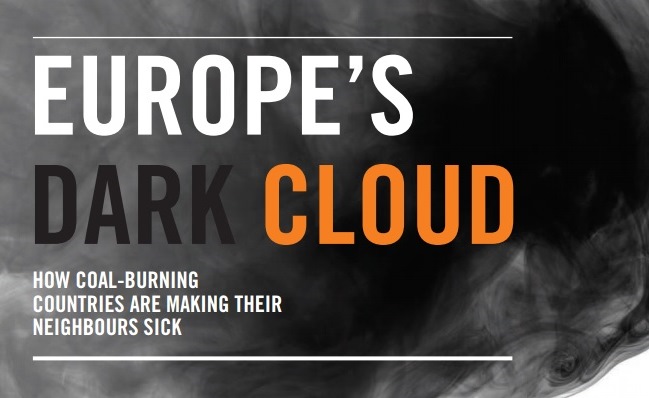As a mom, an activist, and a part of the fight against dangerous, destructive coal projects here in the U.S., I know just how deadly coal pollution is. I also know that it has no bounds. Coal burned at a power plant in one state can easily blow across state lines and harm the health and well-being of countless people in another. It’s a health crisis we’ve been working to fight for years by transitioning away from dirty energy sources of centuries past and toward a 100 percent clean energy economy.
Unfortunately, this isn’t a problem unique to the United States.
Today, Health and Environment Alliance (HEAL), Climate Action Network (CAN) Europe, World Wildlife Fund (WWF) European Policy Office, and Sandbag released a new report on the damaging health effects of coal consumption on neighboring countries. Their findings are stark.
In 2013, the EU coal fleet caused nearly 23,000 premature deaths, countless cases of heart disease and bronchitis, and over 62 billion euros in healthcare costs. The report tallies the health effects of 257 out of the EU’s 280 coal plants in 28 European countries, which pose a major threat not only to public health but also to our climate. If anyone is still questioning the true cost of coal, I’d like to point them to this report. It couldn’t be more clear.
This report is important because it shows that pollution from coal plants across the EU doesn’t stop at the border. Dirty air pollution from coal burned in Poland can make kids sick in France, even though that country burns next to no coal. And even if the UK executes its so-called Brexit from the EU and still follows through on its pledge to move fully beyond coal by 2025, it would save an estimated 2,870 lives each year, but families there would still be affected by coal pollution from other nearby nations. It’s the same problem we face here in the U.S., where regions that are transitioning to clean energy still suffer from coal pollution blowing in from other states, even from places like the Ohio Valley and Tennessee Valley that are hundreds of miles away.
As a mother, I do whatever I can to protect my family from harm -- but this deadly problem strips that power away from too many families worldwide by making them face the consequences of pollution created far, far away.
That’s why it’s encouraging to see the same type of activism that the Beyond Coal Campaign has engaged in across the U.S. taking hold in Europe. When added together, the U.S. and EU still have a combined total of 567 coal-fired power plants, which means that both here in the U.S. and across the Atlantic, we all have a lot more work to do. Fortunately, clean energy is making great strides in both places as well. And as we make progress on replacing this coal with clean energy, we are making big strides towards tackling one of the biggest sources of carbon pollution in the world, saving tens of thousands of lives each year, drastically lowering healthcare costs, and improving lives for countless families around the world.
Our staff and organizers have been partnering with groups on the ground in Europe to share ideas, tactics, and information to curb deadly coal use and spur the growth of the clean energy economy -- and momentum is building. We’re sharing lessons learned from our successful work to stop the construction of 184 proposed coal plants, retire one-third of existing U.S. coal plants (and counting), and replace that coal power with clean energy. It couldn’t come at a better time. Too many families are having to pay too high a price because of coal burned at home and beyond their borders. It’s time for clean energy like wind and solar to blow Europe’s dark cloud away.
